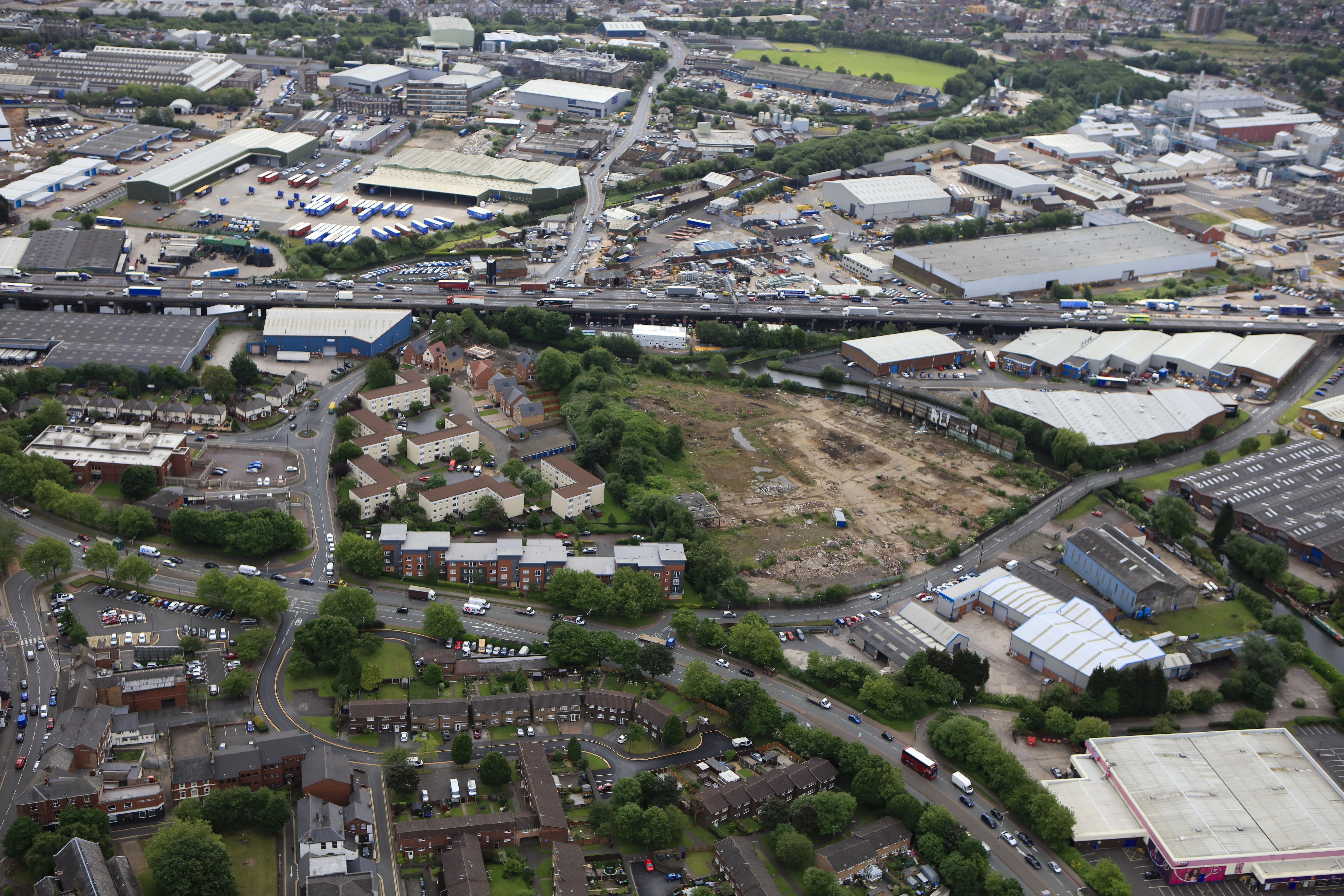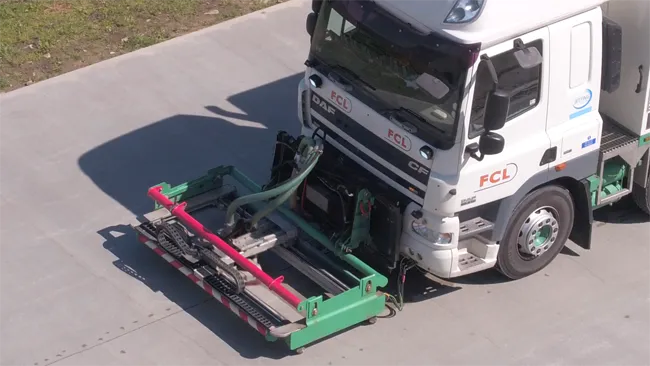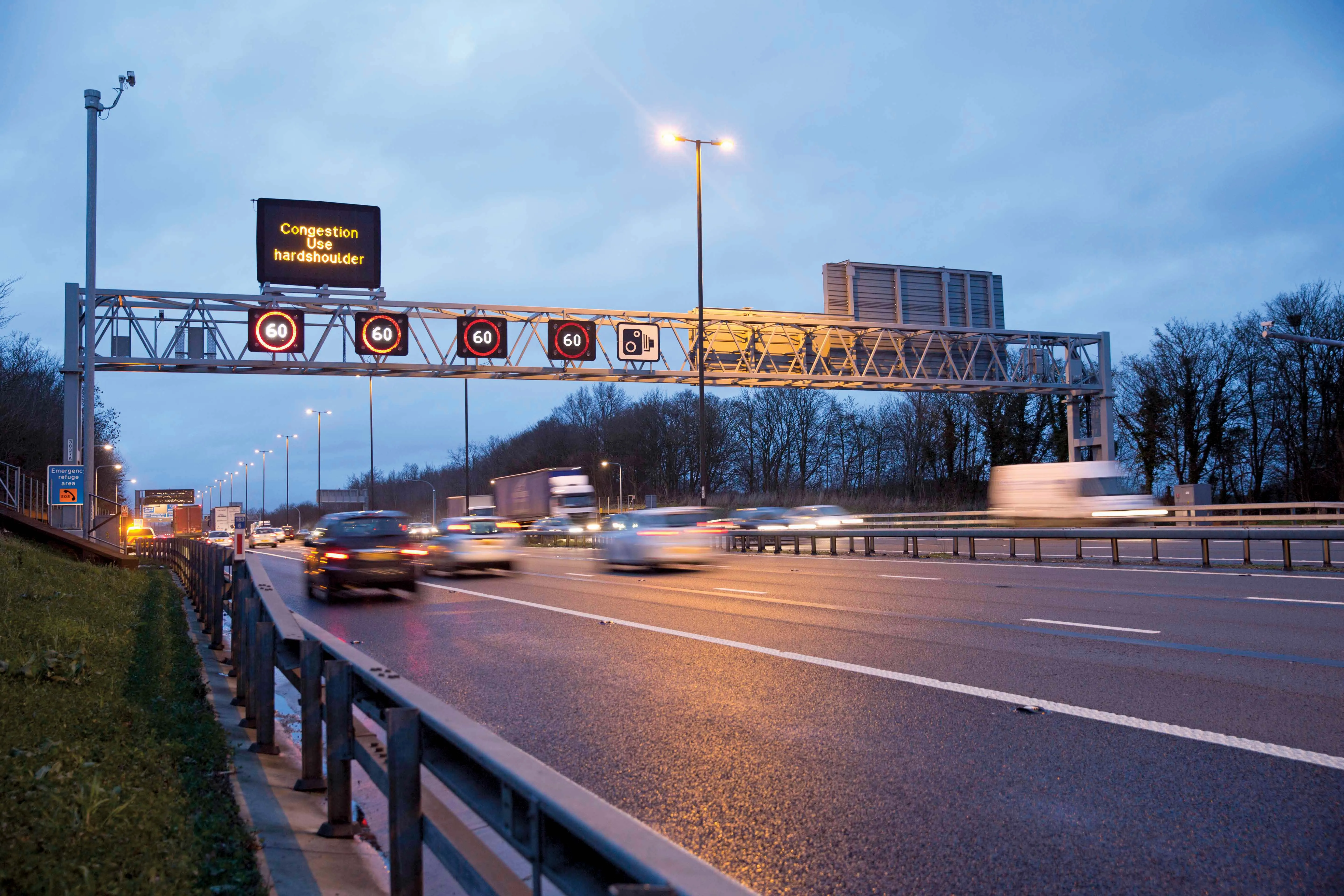
A joint venture of
The €112 million project will see repairs to a 3.5km stretch between junctions 1 and 2 of the motorway – one of the UK’s busiest routes – to the west of Birmingham city.
Work is being done in three phases starting with the removal of the road surface on the southbound carriageway to investigate the condition of the concrete deck.
Damaged concrete will be repaired and a new waterproofing layer added prior to resurfacing. The process will then be repeated on the northbound carriageway, said Matt Atkinson, project director for the joint venture.
Various sections of the M5 through the West Midlands are elevated – viaducts – that were made of concrete in the late 1960’s. The Oldbury viaduct carries 120,000 vehicles a day, according to
“This scheme is the largest concrete repair project ever undertaken in the UK,” the agency said. “To carry out concrete repair and joint replacement works safely, we will need to scaffold under most of the 2.9km long, 30m wide viaduct. All of our scaffolding will then be encapsulated in polythene to prevent the escape of water, dust and debris.”








